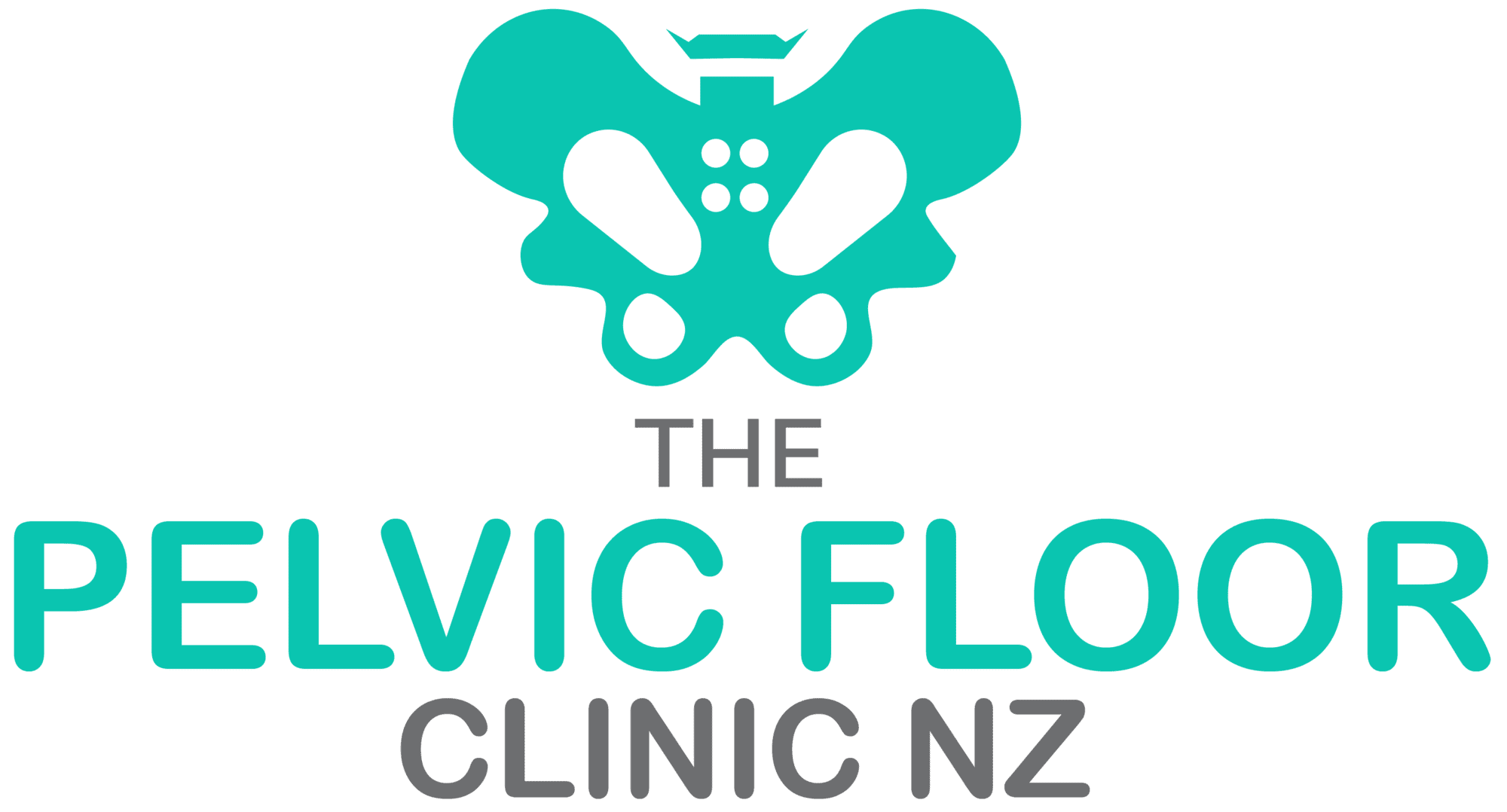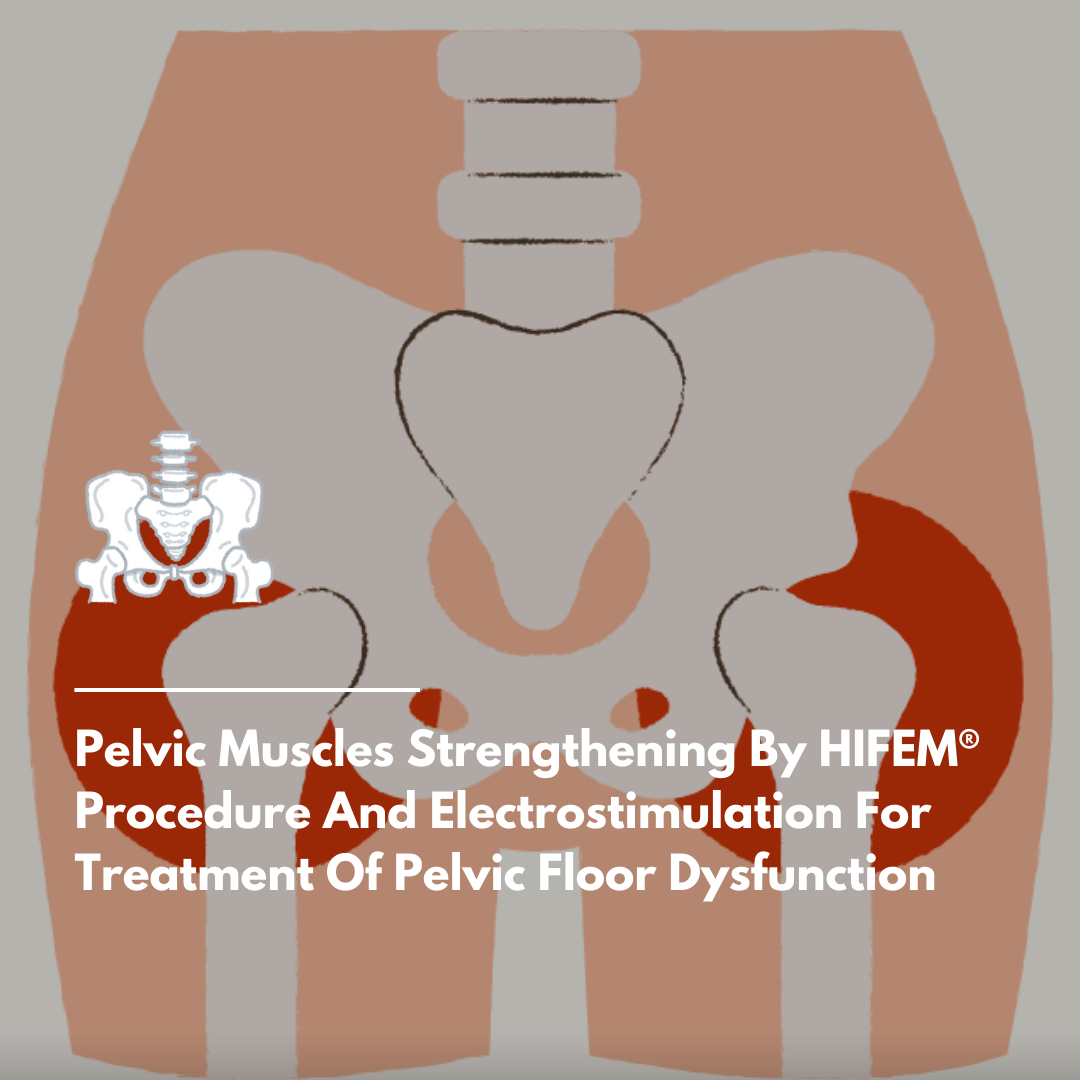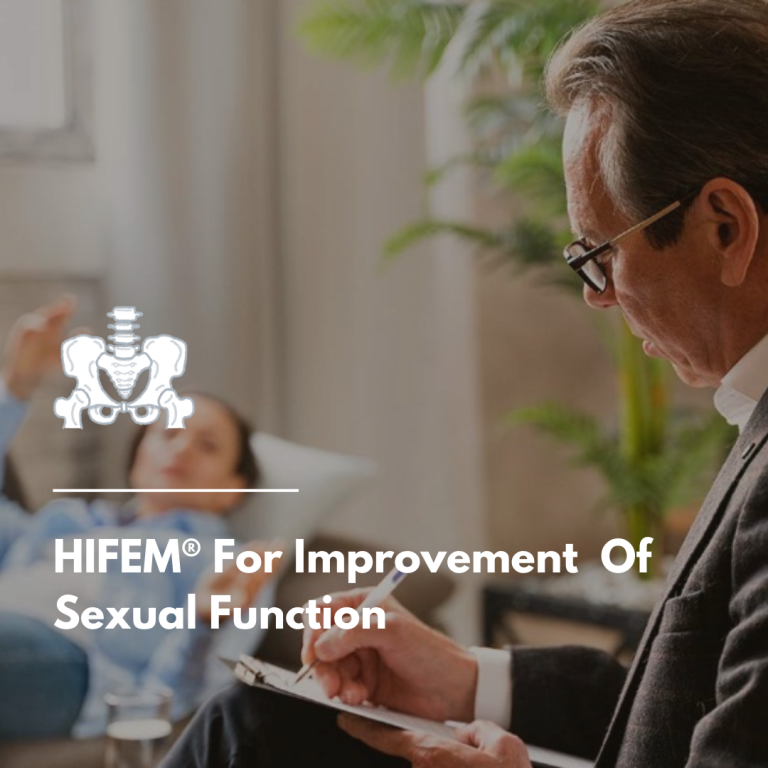Pelvic floor dysfunction (PFD) affects millions of women worldwide, particularly those in the postpartum stage. The condition can lead to issues such as urinary incontinence, discomfort, and diminished quality of life. Traditional treatments like Kegel exercises or electrical stimulation have provided relief, but their effectiveness varies, often depending on the severity of the dysfunction and the patient’s adherence to therapy.
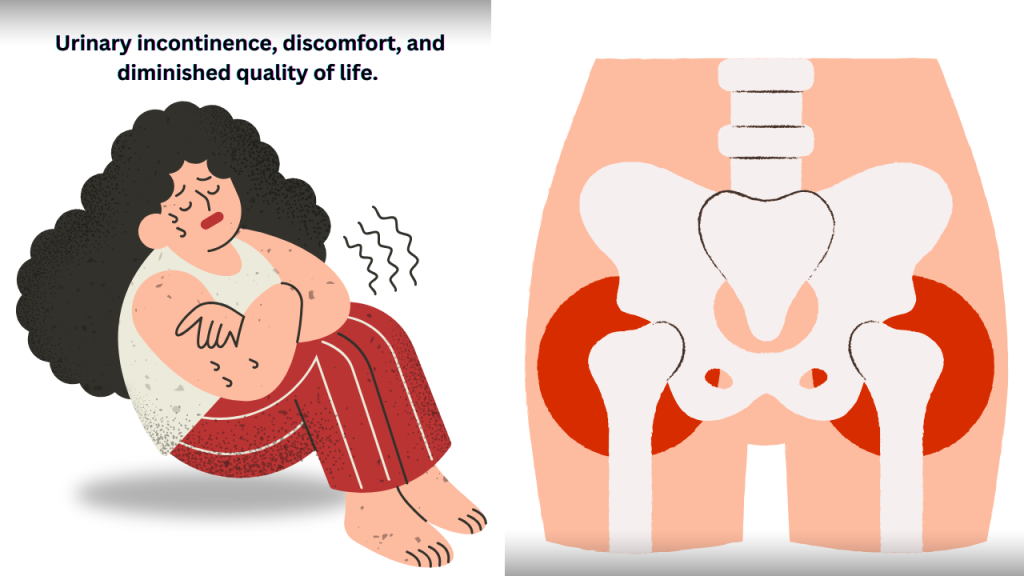
High-Intensity Focused Electromagnetic (HIFEM®) technology has emerged as a game-changing solution for strengthening pelvic floor muscles (PFM) and addressing PFD. A recent study published in the Sexual Medicine journal (February 2020) by Dr. Silantyeva Elena and her team provides compelling evidence of the efficacy of HIFEM compared to electrostimulation in postpartum women.
Understanding Pelvic Floor Dysfunction (PFD)
PFD occurs when the muscles and connective tissues of the pelvic floor weaken or become damaged, often following childbirth or due to aging. Symptoms include:
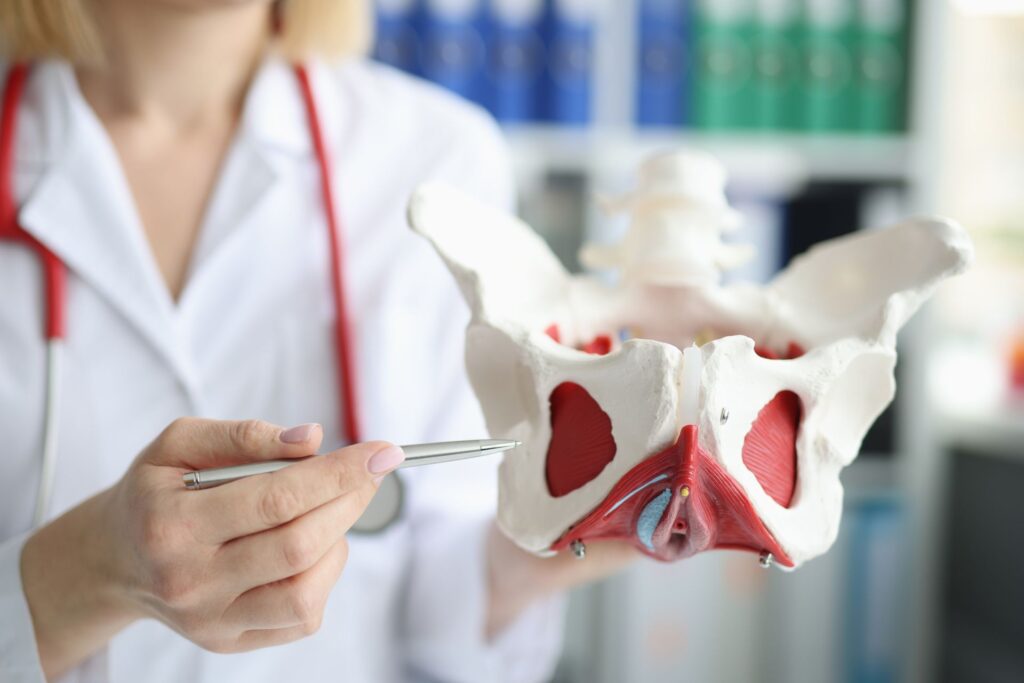
- Urinary incontinence
- Pelvic pain or pressure
- Sexual dysfunction
- Bowel control issues
These symptoms can significantly impact a woman’s physical and emotional well-being, often limiting daily activities and causing social embarrassment.
What is HIFEM® Technology?
HIFEM technology uses focused electromagnetic energy to stimulate and contract pelvic floor muscles deeply and rapidly. A single session induces thousands of supramaximal contractions, far surpassing what can be achieved through voluntary exercises. These contractions:
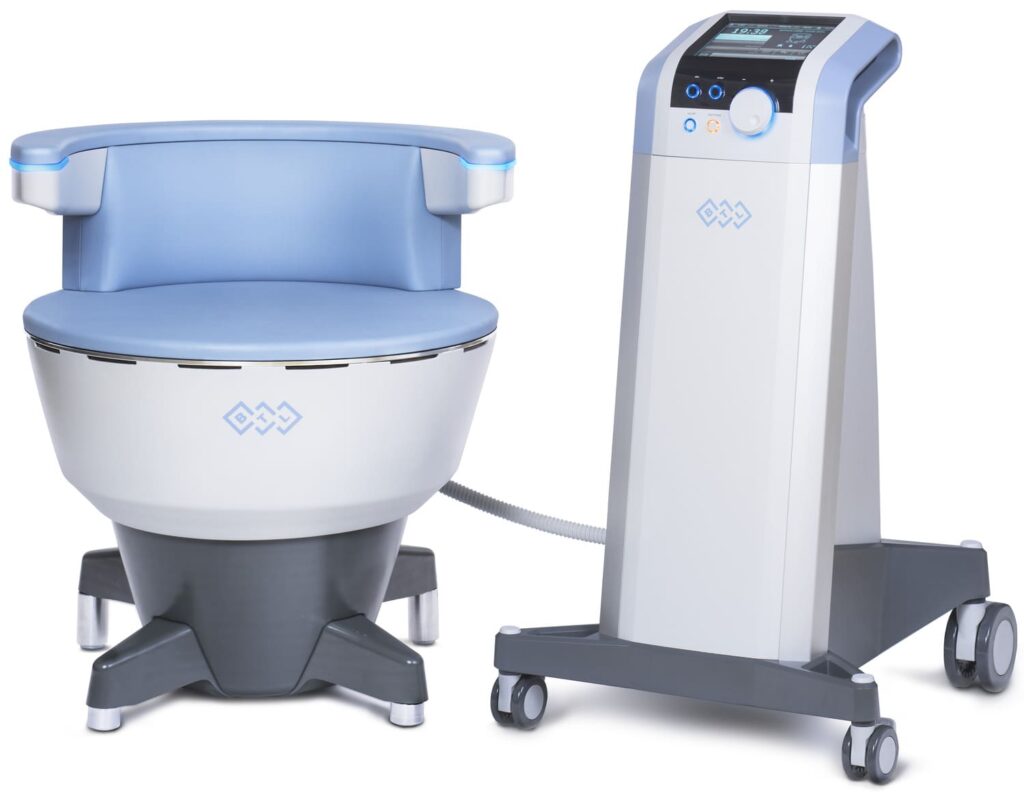
- Rebuild muscle strength and endurance.
- Restore neuromuscular control.
- Enhance overall pelvic floor stability.
The procedure is non-invasive, painless, and quick, with no downtime, making it an appealing alternative to traditional therapies.
Study Design and Methodology
The study by Dr. Elena and colleagues aimed to compare the effects of HIFEM technology and electrostimulation on postpartum women with PFD. Key aspects of the study included:
Participants:
- 50 women treated with HIFEM (Group 1, G1) averaging 1.76 deliveries.
- 25 women treated with electrostimulation (Group 2, G2) averaging 1.56 deliveries.
- A control group of 20 women (no treatment) with 1.25 average deliveries for baseline EMG values.
Treatment Protocol: Both groups underwent 10 therapy sessions.
Assessments:
- Electromyographic (EMG) evaluation to measure PFM activation.
- Pelvic Floor Impact Questionnaire-7 (PFIQ-7) to assess the life impact of PFD.
Data was collected at baseline and post-treatment to evaluate changes in muscle activity and quality of life.
Key Results
1. Improved Pelvic Muscle Activity
HIFEM significantly enhanced PFM activation compared to electrostimulation. EMG results for the HIFEM group approached those of healthy individuals.
- HIFEM Group: EMG values improved by 48–59%.
- Electrostimulation Group: EMG values improved by only 7–36%.
HIFEM participants demonstrated stronger and more enduring pelvic floor contractions, underscoring the superiority of this approach.
2. Quality of Life Improvements
PFIQ-7 scores, which reflect the life impact of PFD, showed a pronounced improvement in the HIFEM group:
- HIFEM Group: PFIQ-7 scores improved by 57.16%.
- Electrostimulation Group: PFIQ-7 scores improved by 32.18%.
Additionally, 36% of women in the HIFEM group reported a score of zero post-treatment, indicating no impact of PFD on their quality of life.
Graphical Analysis: PFIQ-7 Score Distribution

Baseline Findings
At the beginning of the study, both groups exhibited high PFIQ-7 scores, with a significant percentage scoring above 50. These scores indicated severe impacts of PFD on their lives.
- G1 (HIFEM Group): Majority had scores in the 50–80 range.
- G2 (Electrostimulation Group): Similar distribution with some variation.
Post-Treatment Results
After treatment, there was a dramatic shift toward lower scores in both groups, but the HIFEM group showed superior results:
HIFEM Group (G1):
- Scores above 50 were completely eliminated.
- Most participants scored between 0–20, reflecting minimal life impact.
Electrostimulation Group (G2):
- Moderate improvement, but some scores above 50 remained.
- Majority scored between 10–30 post-treatment.
This data highlights the greater efficacy of HIFEM in addressing PFD symptoms.
Short-Term vs. Long-Term Outcomes
Immediate Benefits
HIFEM treatment produced rapid improvements in muscle strength and symptom relief. Patients reported enhanced bladder control and reduced discomfort within weeks.
Sustained Results
The majority of HIFEM participants maintained their improvements six months post-treatment, emphasizing the long-lasting effects of this technology.
Why HIFEM Outperforms Electrostimulation

1. Superior Muscle Activation
HIFEM delivers deeper, more comprehensive muscle stimulation compared to traditional electrostimulation, resulting in greater gains in strength and endurance.
2. Non-Invasive and Convenient
HIFEM is painless and requires no recovery time, unlike some invasive alternatives.
3. Holistic Quality of Life Improvements
With a 57% improvement in PFIQ-7 scores, HIFEM significantly alleviates the emotional and physical burdens of PFD.
Patient Experiences
Maria, 32
“After giving birth, I struggled with incontinence and pelvic discomfort. HIFEM treatments were life-changing. I feel stronger and more in control than ever.”
Sophia, 45
“I tried Kegels and electrostimulation with limited success. HIFEM not only strengthened my muscles but restored my confidence and freedom.”
How Does HIFEM Compare to Other Treatments?
| Treatment | Invasiveness | Effectiveness | Limitations |
|---|---|---|---|
| HIFEM® | Non-Invasive | High | May require periodic maintenance |
| Electrostimulation | Non-Invasive | Moderate | Less effective for severe cases |
| Kegel Exercises | Non-Invasive | Variable | Demands consistency and proper technique |
| Surgical Interventions | Invasive | High | Risk of complications and downtime |
Conclusion
The study led by Dr. Elena and her team highlights the transformative potential of HIFEM technology in treating pelvic floor dysfunction. By significantly enhancing muscle strength, endurance, and quality of life, HIFEM offers a superior alternative to traditional therapies like electrostimulation.
For postpartum women seeking a safe, effective, and non-invasive solution, HIFEM represents a revolutionary step forward, empowering them to regain control over their bodies and lives.
FAQs
1. How many HIFEM sessions are needed?
Most protocols recommend 10 sessions for optimal results.
2. Is HIFEM painful?
No, HIFEM is a painless procedure with no downtime.
3. Are the results permanent?
While improvements can last months, periodic maintenance sessions are recommended to sustain results.
4. Can HIFEM treat severe cases of PFD?
HIFEM is effective for mild to moderate cases, but severe PFD may require additional interventions.
